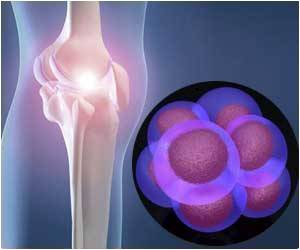The rate of incorrect surgical procedures at Veterans Health Administration (VHA) medical centers decreases, reveals report published Archives of Surgery.

Julia Neily, R.N., M.S., M.P.H., from the VHA in White River Junction, Vt., and colleagues reviewed the VA National Center for Patient Safety database, looking for surgical adverse events and close calls that occurred between July 2006 and December 2009. The researchers coded cases into categories (type of event, body segment, etc.) and root causes, and then reached consensus. The data were analyzed in the context of the VHA's Medical Team Training program, implemented across the country between 2006 and 2009, which aims to decrease the number of incorrect surgeries that occur in VHA medical center operating rooms.
Of the 237 reports that the researchers identified, 101 were adverse events and 136 were close calls. Roughly half of the adverse events took place in the operating room, but their severity, on average, decreased. A significant decrease in the number of adverse events per month was reported (2.4 in this study, vs. 3.21 in the previous study), whereas close calls increased from 1.97 reports per month to 3.24. The authors determined that 204 root causes contributed to the adverse events, the most common one being lack of standardization of clinical processes. The rate of "highest harm" adverse events decreased by 14 percent annually.
The authors suggest possible reasons for the decline in adverse events, such as a greater emphasis on safety, team training and communication. "Despite the overall decrease in patient harm, opportunities exist to further decrease the number of incorrect surgical and invasive procedures," they write. "We must continue to improve."
Source-Eurekalert









